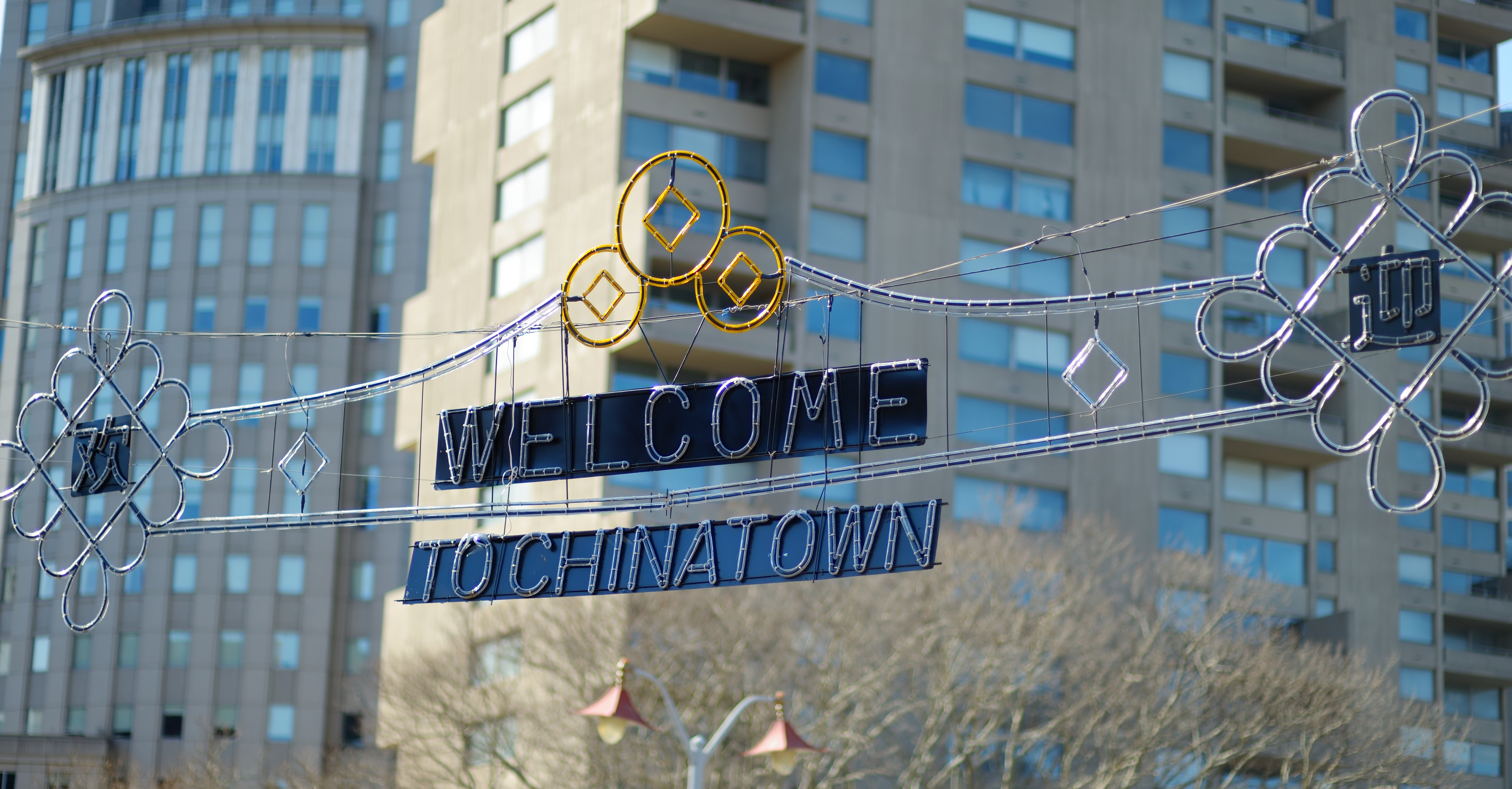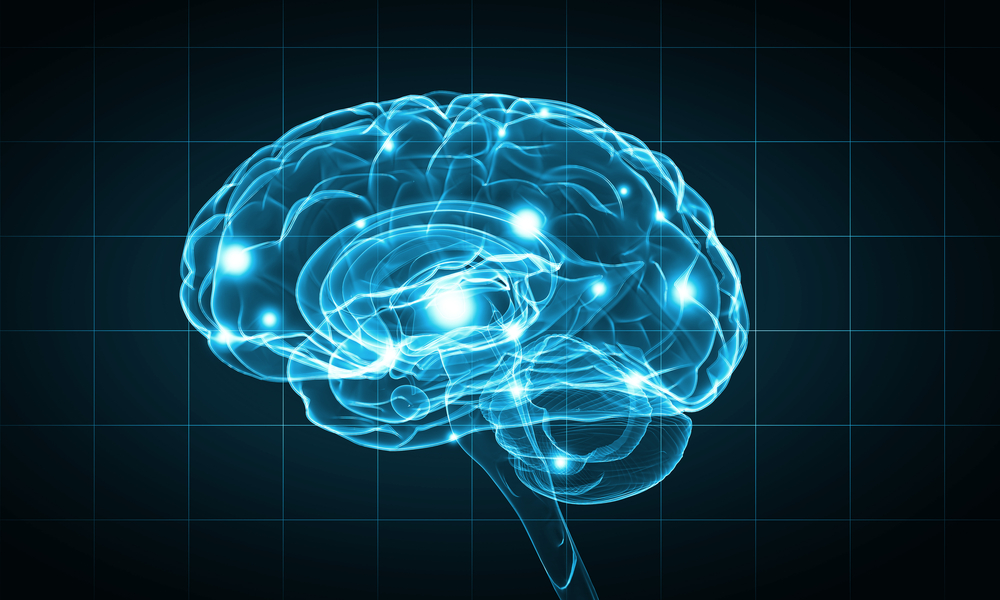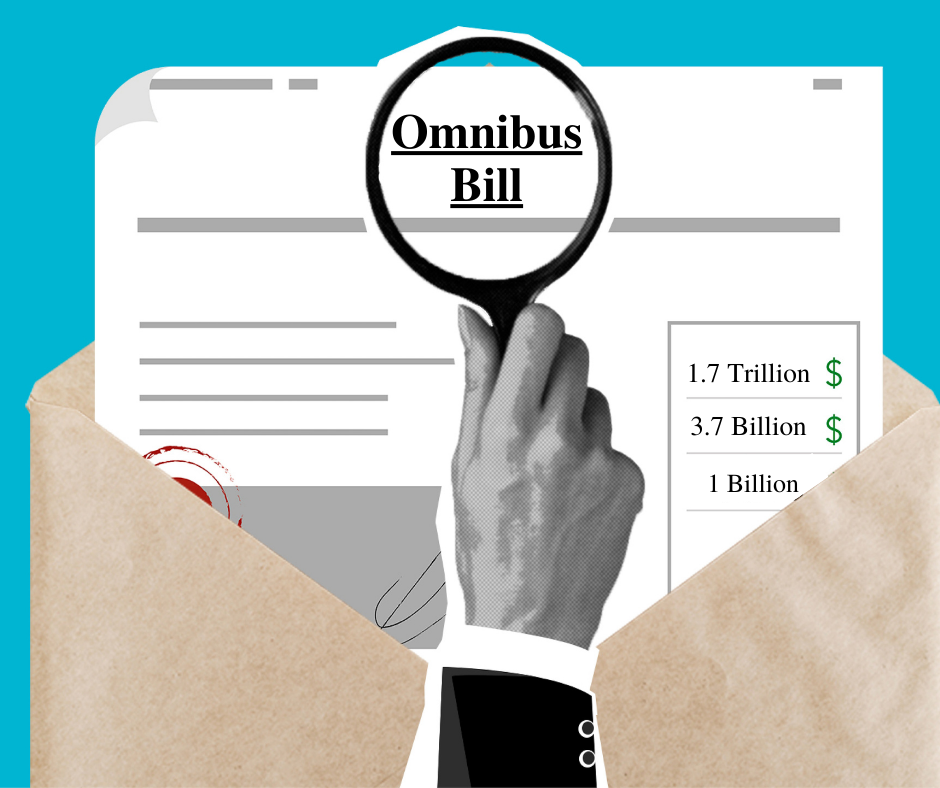How 9/11 Impacted the Community of NYC's Chinatown

Chinatown is located in the heart of the 9/11 crash site disaster area. Its residents, workers, students, and visitors were all heavily exposed to the 9/11 dust and fumes, not just on 9/11, but also through the end of 2001 and into the middle of 2002. As a result of this toxic exposure, just by being present in Chinatown in 2001 and 2002, thousands of these residents, workers, and visitors have been diagnosed with a 9/11 related cancer and, in many cases, died from the complications of a 9/11 cancer or breathing condition.
Chinatown’s Proximity to Ground Zero
NYC’s Chinatown lies directly south of Canal Street and is just blocks from the former site of the World Trade Center (WTC). On 9/11, when the towers fell, Chinatown residents and workers, many of whom were elderly immigrants or garment workers, watched the cloud of smoke, dust, and debris engulf their neighborhood. For eight days afterwards, vehicles and non-residents were blocked from entering Chinatown, and access to the area remained a challenge for months. Subway lines skipped the neighborhood for six weeks, and phone and network lines weren’t functional for four months.
Chinatown in the Aftermath of September 11th
The impacts on Chinatown were far-reaching, spanning health impacts, economic impacts, and cultural and social impacts. Despite its proximity to the destruction, Chinatown was largely overlooked in federal aid and recovery efforts in the aftermath of the attacks. The designation of Canal Street as the northern boundary of the disaster area meant that parts of Chinatown were arbitrarily excluded from emergency response zones, even though the neighborhood was directly affected in many ways.
Health Impacts on Chinatown Residents
One of the most pressing concerns in Chinatown following the terrorist attacks was air quality. Residents and workers inhaled toxic dust containing asbestos, lead, glass fibers, and other hazardous materials. The long-term health effects of this exposure are still unfolding today, with reports and diagnoses of respiratory illnesses, cancers, aerodigestive disorders, and mental health issues among those who lived or worked in the area at the time.
Many Chinatown residents were low-income or undocumented and lacked access to adequate healthcare. It wasn’t until much later that the World Trade Center Health Program (WTCHP) began offering medical treatment to those affected, though navigating these programs has remained a barrier for some.
Economic Impacts on Chinatown’s Businesses
Before 9/11, Chinatown’s economy relied heavily on the garment industry. The neighborhood was home to over 400 garment factories, employing thousands of workers, mostly women, who made clothing for domestic and international brands. The existence of the garment factories also supported adjacent businesses such as groceries, childcare providers, salons, and more.
After 9/11, many of these businesses were forced to close. Street closures and blocked deliveries made it nearly impossible for factories to operate, and many factories outsourced work out of the country for good. Foot traffic disappeared overnight, and customers from other parts of the city avoided the area. Within a year, nearly half of Chinatown’s garment factories had shut down, taking with them the livelihoods of thousands of workers.
Even outside the garment industry, small businesses struggled. Restaurants, markets, and shops that had served a bustling local and tourist population found themselves without customers. The economic downturn caused by 9/11 was worsened by the SARS outbreak in 2003 and later by the 2008 recession, further delaying recovery.
Cultural and Social Impacts of 9/11 on Chinatown
Beyond health and economics, 9/11 had a profound social and cultural impact on the Chinatown community. For many immigrant families, Chinatown was a close-knit enclave that provided a sense of safety, tradition, and cultural connection. After the attacks, fear and uncertainty permeated the neighborhood, and Muslim Asians in particular were being scapegoated. Police presence increased, and many residents, especially those who were undocumented or spoke limited English, felt a heightened sense of vulnerability.
Oral histories collected by institutions like the Museum of Chinese in America (MOCA) reveal a community that felt both forgotten and unfairly burdened by the aftermath. While other areas received significant recovery resources, Chinatown’s needs were often sidelined. And yet, through mutual aid, family networks, and community organizing, Chinatown persevered.
NYC Chinatown’s Ongoing Recovery Post-9/11
More than two decades later, the legacy of 9/11 continues to shape Chinatown. The community still struggles with gentrification, displacement, and lingering health issues. However, local organizations and residents have worked hard to tell their story, advocate for support, and preserve the cultural heritage of one of New York’s most iconic neighborhoods.
In recent years, initiatives have aimed to document Chinatown’s experience and ensure residents receive the healthcare and compensation they are entitled to through programs like the Victim Compensation Fund (VCF) and the WTCHP. These resources are especially important for those dealing with 9/11-related physical health conditions, such as respiratory illnesses or cancer, decades after the attacks, and guidance is available from experienced 9/11 attorneys.
As we reflect on the far-reaching impact of September 11th, it’s crucial to remember communities like Chinatown, communities that were deeply affected but often left out of the conversation. Their resilience is a testament to the strength of their community and the importance of inclusive recovery efforts.
Related Posts

New Study Shows Link Between Cognitive Impairment and Exposure to 9/11 Dust

Can I Get Reimbursed for Medical Expenses That I Paid out-of-Pocket and Were Not Covered by the WTC Health Program or Reimbursed by My Insurance? | Hansen & Rosasco, LLP

